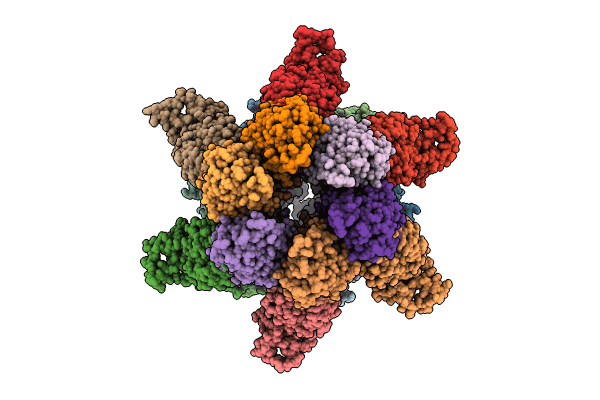
Deposition Date
2023-12-05
Release Date
2024-06-05
Last Version Date
2025-06-25
Entry Detail
PDB ID:
8XAV
Keywords:
Title:
Cryo-EM structure of an anti-phage defense complex
Biological Source:
Source Organism:
Escherichia coli (Taxon ID: 562)
Host Organism:
Method Details:
Experimental Method:
Resolution:
2.87 Å
Aggregation State:
PARTICLE
Reconstruction Method:
SINGLE PARTICLE


